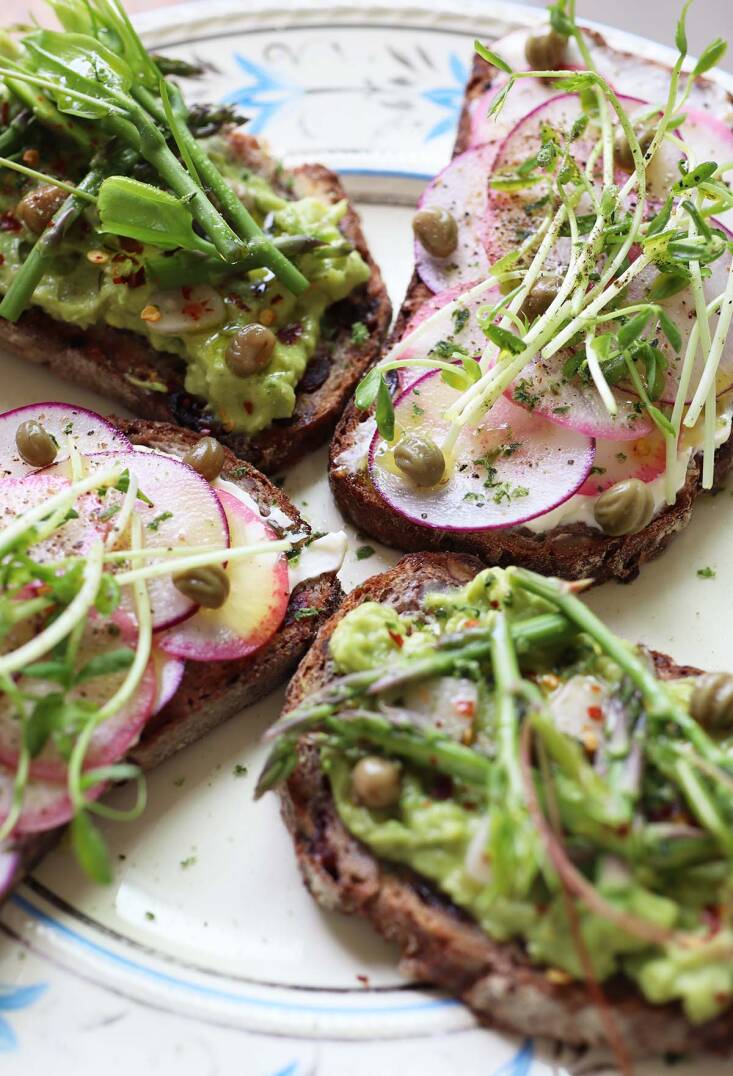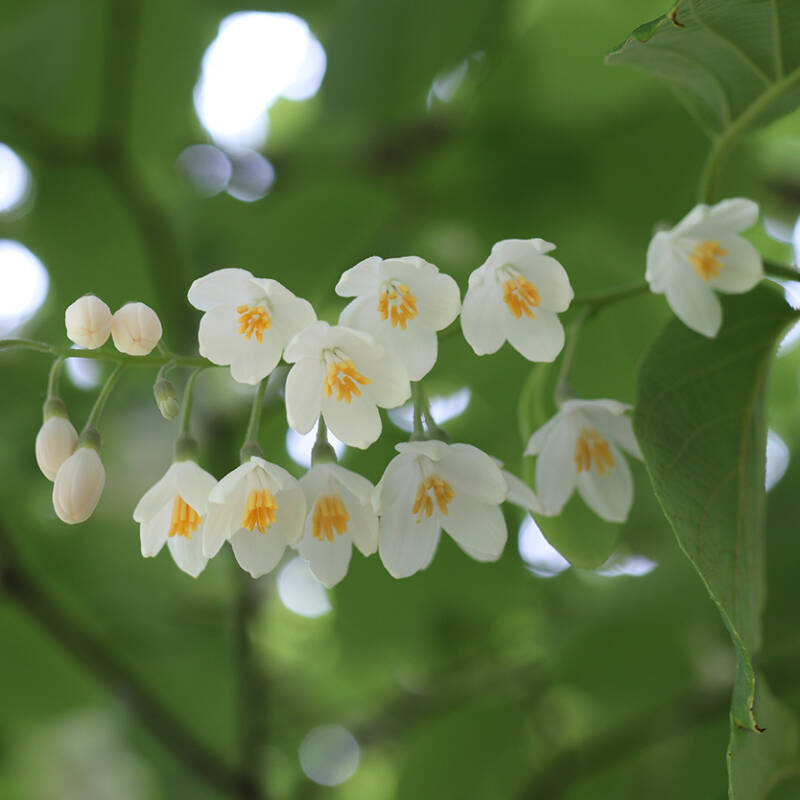It is hard to imagine another plant that offers as much as the pretty and easily grown nasturtium. While they are often appreciated only for their cheerful flowers and water-drop-catching leaves, nasturtiums are also an excellent vegetable, with horseradish-inflected leaves, flowers, and seeds, which make delicious capers. Nasturtiums are well worth growing. I enjoy eating them so much, both for pleasure and medicine, that I have sown them in each of our four small New York City Gardens, in both full sun and part shade.
Here are just some of the ways I like to use them, with my recipe for nasturtium capers.
Photography by Marie Viljoen.


Native to the cool lower reaches of the Andes, nasturtiums (Tropaeoleum majus) thrive in mild climates, proliferating as a tenacious and often invasive perennial. In regions with hard winters, freezes keep them in check and they can be sown in early spring for summer and autumn salads.

As a young teenager, I warded off sore throats by wrapping a nasturtium leaf from my mother’s garden around a piece of cheese, and chewing away happily. It didn’t hurt that the peppery bite of the leaves complemented cheddar perfectly. I was an avid reader of South African herbalist and author Margaret Roberts, who recommended this remedy. The essential oil of nasturtium, and the compounds isolated from it, have demonstrated antimicrobial (and antifungal) effects, which vindicate that self-medication, although, admittedly, eating fresh leaves would give one just a tiny dose of the goodness.

Nasturtiums’ silky flowers can be prolific in full sun, especially if they are not growing in very well fertilized soil. Keep picking them to encourage more blooms. The flowers are scented and a posy in a jar beside your bed will soothe any demons stalking your nights.

The flowers are exquisite added last-minute to salads. As soon as they meet any acid or oil, their petals will begin to wilt, so add the dressing after everyone has Instagrammed their plate!

The peppery leaves of nasturtiums hold up to other strong herbs, like fresh cilantro, mint, shiso, and (for adventurous eaters and foragers) American burnweed – Erechtites hieraciifolius.

Fresh green nasturtium seeds are eye-openingly strong, in a wasabi way. While they are still juicy they are very appealing raw, in small doses, adding bursts of nose-tingling heat.

If you have a large patch of nasturtiums, it is easy to collect enough seeds to turn into capers. (Commercial capers are the buds of Caparis spinosa, a trailing shrub native to the Mediterranean and Asia Minor.)

To make nasturtium capers, choose green nasturtium seeds that are not tough or woody when sliced in half. They should still be juicy.

I like to lacto-ferment nasturtium seeds before adding a vinegar brine, a trick I learned when capering green elderberries, which are toxic raw, but not after being fermented. The flavor and texture of the nasturtium capers is much more appealing after the fermentation than when they are simply pickled.

Use nasturtium capers in the same way as conventional capers, bearing in mind that they carry a little more heat.


Nasturtium Capers
You can use any amount of nasturtium seeds, as long as you weigh them, first. Then add 5% of their weight in salt for the lacto-fermentation stage of the pickling.
Fermenting:
- 4 ounces green nasturtium seeds, washed and dried
- 1 teaspoon salt
Pickling:
- 1/2 cup white wine vinegar
- 1/4 cup water
- 1 teaspoon salt
- 2 teaspoons sugar
To ferment the nasturtium seeds: Combine the seeds in a bowl with the salt. Using washed hands, toss them gently so that they are coated with salt. Transfer them to a clean jar and close the lid. Leave in a cool place out of direct sunlight for 24 hours before transferring the jar to the fridge for 20 days.
To pickle: Remove the jar from the fridge. In a measuring jug mix the vinegar, water, salt, and sugar. Pour this brine over the nasturtium seeds (do not discard any accumulated liquid already in the jar). The capers should be covered by the brine. If they are not, add a little more vinegar. They are ready to eat immediately.
For more edible plants, see:
- Honeysuckle Cordial: A Delicious Way to Control an Invasive Vine
- Prickly Ash and Spicebush: Native Shrubs for your Spice Collection
- Fresh Brews: Two Unusual Shrubs to Grow for Tea Leaves









Have a Question or Comment About This Post?
Join the conversation